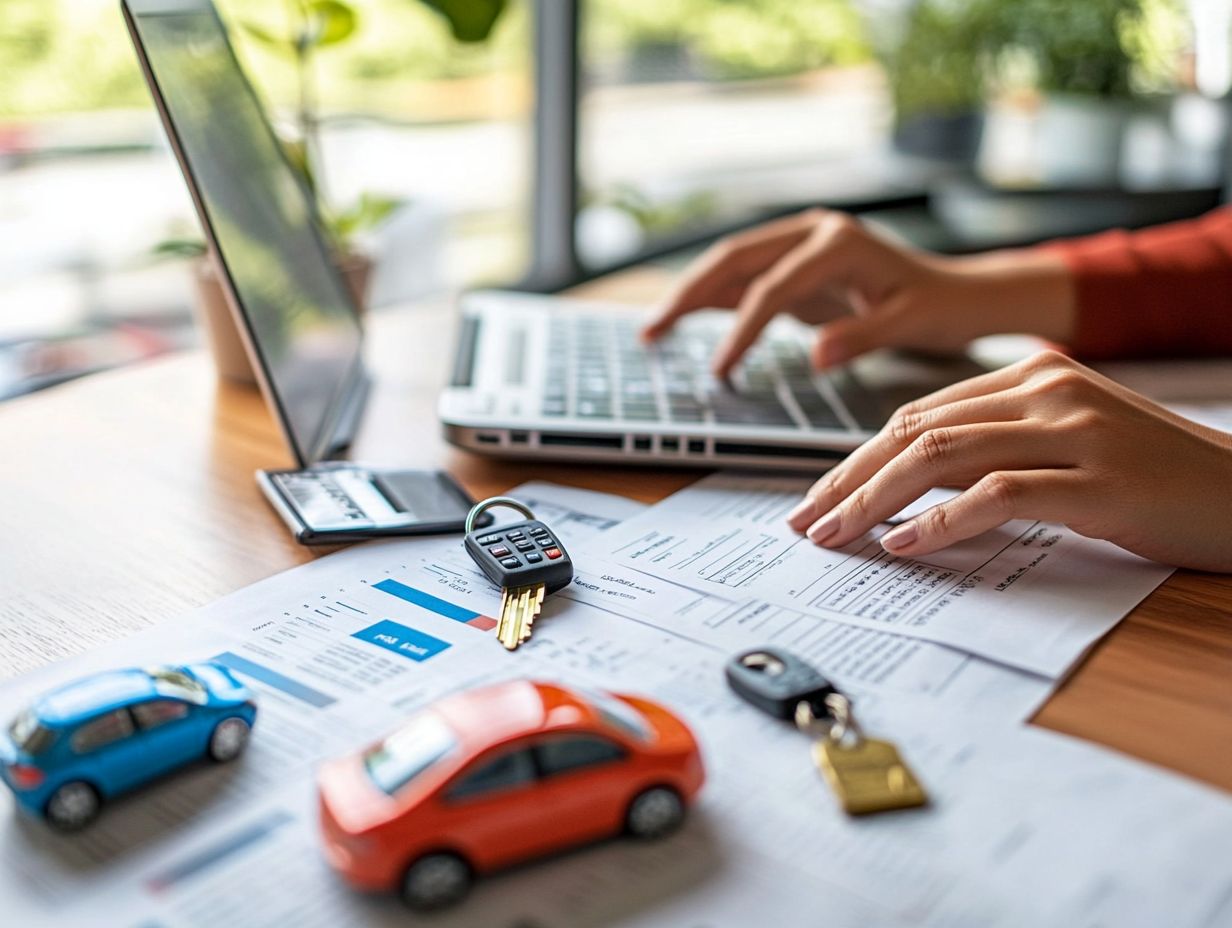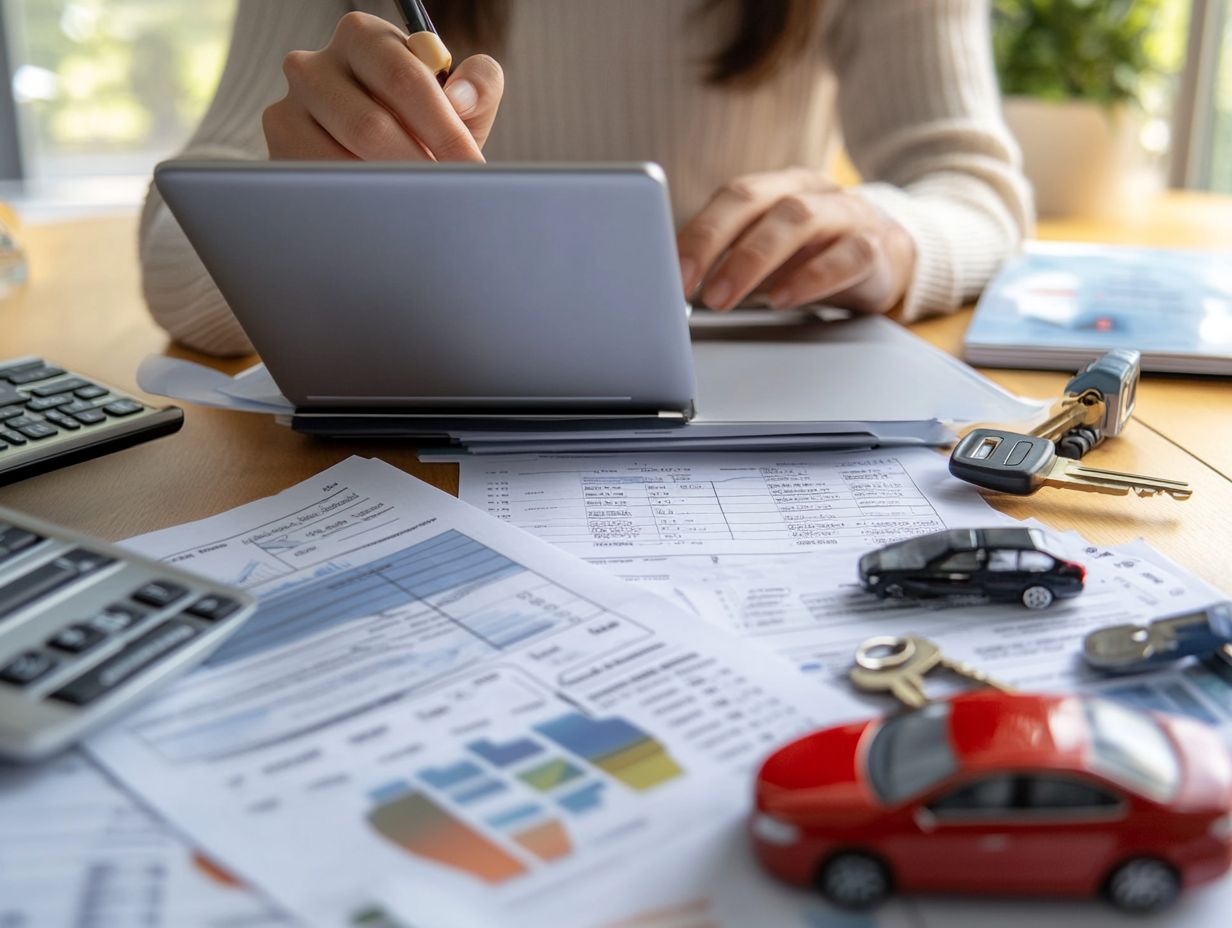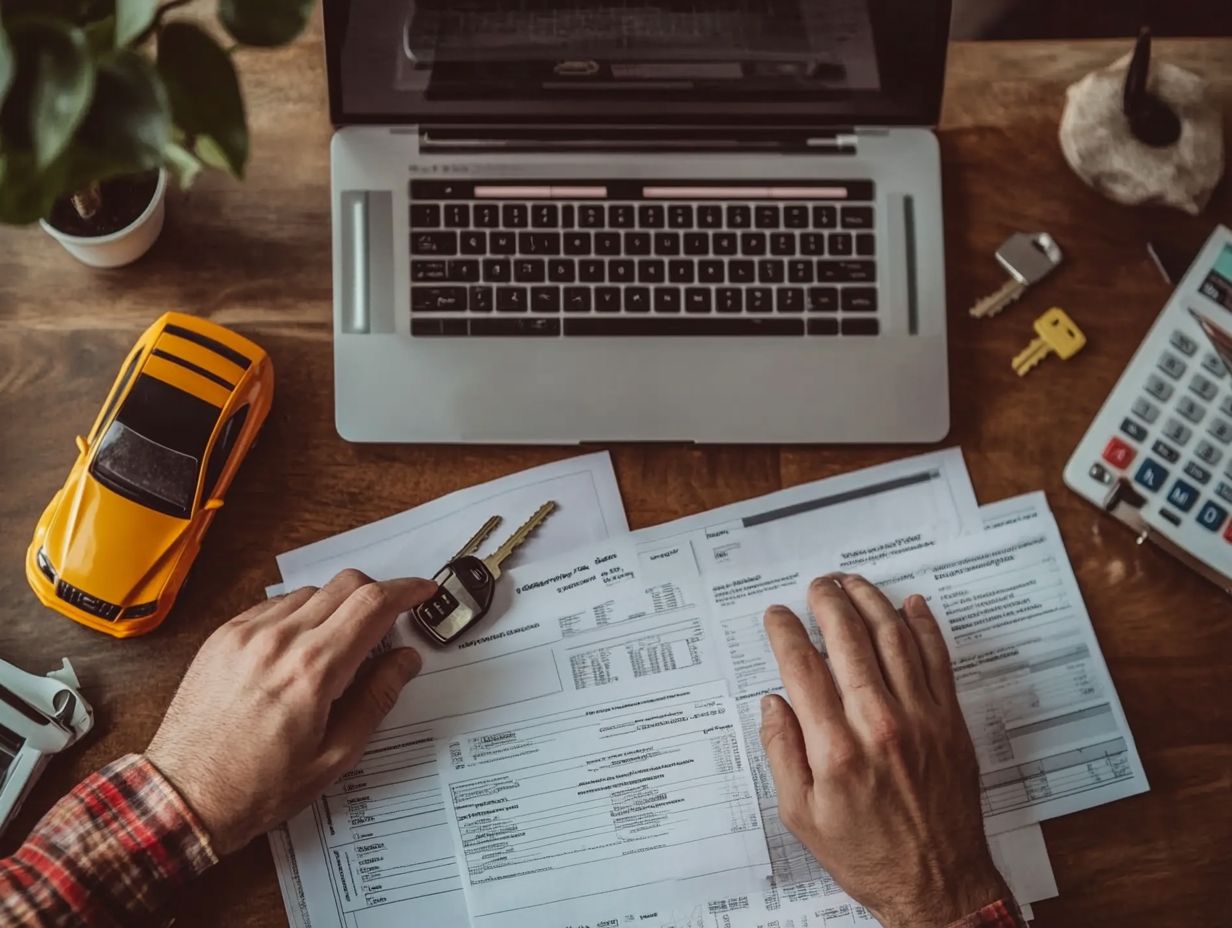What is Gap Insurance for Cars?
Don t overlook gap insurance it s a crucial protection that many people misunderstand! It serves to safeguard you in the event of a total loss by covering the difference between what you owe on your vehicle and its market value.
This article delves into the definition and purpose of gap insurance, clarifies how it functions, and highlights scenarios where it can be especially advantageous. It also outlines how to obtain it and explores available alternatives.
Grasping these elements empowers you to make informed choices regarding your vehicle protection.
Contents
Key Takeaways:

- Gap insurance helps cover the difference between what you owe on your car loan and its market value in case of a total loss.
- It is most beneficial for those with a high loan balance or who lease a car.
- You can obtain gap insurance through your car dealership or insurance provider, but consider other vehicle protection options as well.
Understanding Gap Insurance
Understanding gap insurance is essential for vehicle owners seeking comprehensive financial protection while financing a new or used car.
Gap insurance acts as a safety net. It covers the financial gap that can arise if your vehicle is declared a total loss and its market value falls short of your outstanding loan amount.
This coverage is particularly advantageous for those with long-term loans or smaller down payments. Depreciation can swiftly lead to negative equity, putting you at risk in case of an accident or theft.
With various coverage options available from different insurers, it’s crucial to assess how gap insurance fits into your overall auto insurance strategy.
Definition and Purpose
What would you do if your car was totaled? The essence of gap insurance lies in its ability to offer you financial security when your vehicle experiences a total loss.
It ensures that the financial gap between your car’s market value and the outstanding loan amount is adequately covered.
This coverage is vital in financing situations, whether leasing or financing a vehicle. Depreciation can quickly diminish its market value shortly after purchase.
If you face an accident, theft, or a total loss, lacking gap insurance could leave you responsible for paying off a loan that exceeds what your insurance company covers.
By addressing the financial risks tied to these situations, gap insurance protects you from debt when the unexpected strikes, delivering peace of mind and contributing to your overall financial stability.
How Gap Insurance Works
Gap insurance bridges the gap between your vehicle’s market value and the outstanding loan balance in the unfortunate event of a total loss. It offers vital financial support when it’s most needed.
This coverage activates once you file a claim with your auto insurance company and complements your existing collision coverage. It’s essential to grasp the limitations and exclusions within your insurance policy, including claim amounts, deductibles, and available coverage options.
Don t overlook dealer gap products presented at the time of purchase; they can be an important part of your overall strategy.
Coverage and Limitations

Understanding the coverage of gap insurance is crucial because it determines your money protection in a total loss. This type of insurance bridges the gap between what you owe on your vehicle and its actual cash value at the time of a claim.
It comes into play when your car is deemed a total loss, whether from severe accidents or theft. Some policies restrict coverage to a set period after purchase, so make sure to thoroughly review the terms to ensure you have the protection you deserve.
When is Gap Insurance Necessary?
You need gap insurance in certain situations where owing more than your car’s worth is a risk, especially if you’re financing a new or used vehicle with minimal down payments or extended loan terms.
In these cases, your vehicle’s depreciation can outstrip the remaining loan balance. By understanding the insurance requirements relevant to your financial situation, you can appreciate the importance of gap insurance, especially if you foresee potential financial shortfalls in your auto financing agreement.
Scenarios where Gap Insurance is Beneficial
Imagine driving your new car off the lot, only to find out it’s worth less than what you owe. That’s where gap insurance comes in!
For instance, financing a new vehicle with a minimal down payment often means the loan balance surpasses the car’s actual cash value shortly after you drive it away. This is especially true if the vehicle depreciates rapidly or if you choose a longer loan term.
Leasing a car also puts you at risk. Leases typically require lower upfront costs, but you might owe more than the vehicle’s worth in the event of an accident.
In both cases, gap insurance protects you financially when your car is a total loss, ensuring you aren t left with a hefty bill.
How to Obtain Gap Insurance
Securing gap insurance is straightforward, giving you the power to select what aligns with your financial and insurance needs.
Many auto insurance providers offer gap insurance as an optional add-on to standard policies. Others might include it in a full insurance package.
Make sure to compare coverage carefully to find the best deal tailored to your unique situation all while ensuring you have robust protection without straining your budget.
Options for Purchasing Gap Insurance

You have several options for purchasing gap insurance. You can acquire it directly from your insurance company or through the car dealership at the time of purchase.
Each path has its own advantages and disadvantages, which can significantly impact your financial protection in a total loss. Buying through a dealership offers convenience, as it can often be bundled with your financing deal, but this might come with a heftier price tag than securing a standalone policy from a dedicated insurance provider.
Conversely, purchasing directly from an insurance company may provide lower premiums and greater flexibility in terms of coverage, although it requires some independent research and decision-making on your part. Understanding these distinctions gives you the power to make an informed choice that aligns with your unique financial situation and risk tolerance.
Alternatives to Gap Insurance
While gap insurance serves as a crucial safeguard against financial losses in a total loss, there are other options you can consider for vehicle protection.
These alternatives can be tailored to meet your specific needs and preferences, ensuring that you find the best fit for your situation.
Other Forms of Vehicle Protection
Along with gap insurance, you have a range of other vehicle protection options to consider. These options are designed to safeguard you against potential financial losses.
For example, collision coverage is designed to help you recover costs associated with damages from accidents. This applies regardless of who s at fault.
Comprehensive insurance policies also cover non-collision-related incidents such as theft, vandalism, and natural disasters. Imagine the peace of mind you ll have knowing you re protected from these unexpected events!
While these options may come with higher premiums, they alleviate stress during unforeseen situations and ensure you re not left vulnerable to unexpected expenses.
Frequently Asked Questions
What is Gap Insurance for Cars?

Gap insurance for cars is a type of insurance that covers the difference between the current value of your car and the amount you owe on your car loan or lease. This is particularly useful in the event of a total loss or theft, as it answers the question of what is gap insurance?
Do I need gap insurance for my car?
It depends on your individual situation. If you have a car loan or lease and owe more than what your car is currently worth, gap insurance can provide valuable financial protection.
What does gap insurance for cars cover?
Gap insurance covers the “gap” between your car’s current value and the amount you owe on your car loan or lease. This applies in the event of a total loss, including situations like theft or accidents.
Can I purchase gap insurance for my car at any time?
It’s best to purchase gap insurance at the same time you buy or lease your car. However, some insurance companies may allow you to add it later while your car loan or lease is still active.
Is gap insurance for cars the same as regular car insurance?
No, gap insurance is a separate type of coverage specifically designed to cover the “gap” between your car’s current value and the amount you owe on your car loan or lease.
How long does gap insurance for cars last?
Gap insurance typically lasts for the length of your car loan or lease. Once you have paid off your car loan or lease, you no longer need gap insurance.
Consider your vehicle protection options carefully. Consulting an insurance expert can help you make the best choice for your circumstances!






